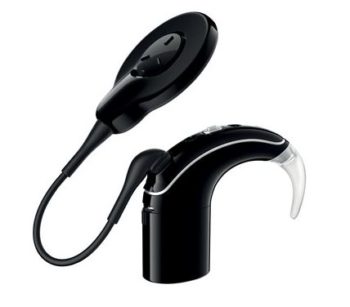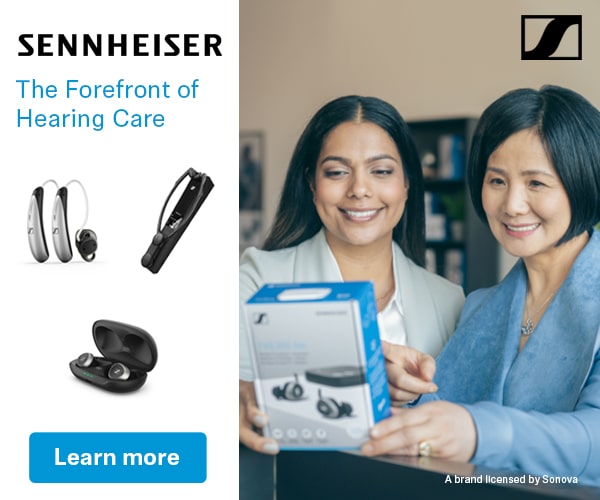by Jane Madell, PhD
I have had some conversations recently with people who expressed concern about when to move to a cochlear implant. Some were parents who were concerned about surgery. Some were parents who felt that the child should make the decision and did not want to make the decision for the child. Some were therapists who felt that if the child could hear with a hearing aid they should not move on. Some were audiologists who, in my opinion, did not have sufficient current information about what is possible with cochlear implants.
Here are some of my thoughts:
What can the child hear with hearing aids?
For a child with hearing loss to succeed, she needs to hear well at normal and soft conversational levels. Speech perception needs to be good for a child with hearing loss to succeed. Almost half of English phonemes have high frequency formants that are essential for speech perception.
That means that children need to hear at 6000 and 8000 Hz. If a child does not hear those high frequencies at a sufficiently soft level, he will not hear sufficiently well to use speech to listen and learn.
Children need to hear speech at normal conversational levels (50 dBHL) and also at soft conversational levels (35 dBHL). If you do not hear soft speech, it is not possible to overhear conversations. About 90% of what children learn they learn by overhearing. It is not enough to hear well at normal conversational levels. Children need to hear soft speech.
For children who are able to repeat words, speech perception tests provide a great deal of information. For children who cannot, and even for children who can, aided thresholds through the high frequencies will provide a great deal of information that will be useful. For a child to hear soft speech, she needs to hear clearly at 30-35 dBHL. If aided thresholds are at 40 dBHL we know that she cannot hear soft speech at 35 dBHL. (See the Speech String Bean)
Adults can manage. They have the language and can use top down processing to fill in the blanks for what they cannot hear. But children do not have a sufficient language base to use top down processing to fill in when they do not understand.
While they are learning language, they need to hear well. 70% is not a good score on a speech perception test. Excellent speech perception is 90-100%. Good speech perception is 80-89%. If speech perception is poorer than 80%, we know that the child will struggle learning.
When is the right time to consider a cochlear implant?
The research is very clear. If a child is a CI candidate, the earlier the better. Research shows that children implanted before 12 months do better than children implanted later. For each 6 month delay, there can be a significant delay in language. Some children do well with hearing aids initially. Hearing may drop, or language learning may slow down, and that may be the time when a CI will be considered.
My view is that I do not want to wait for a child to start failing. I want to prevent failure so my view is, as soon as we know that a child is not hearing sufficiently, or when the child is not learning fast enough (at least one year’s growth in one year’s time), it is time to think about an implant.
Does the child get a vote?
Children are not yet wise. They will likely be frightened of surgery or frightened of change. I frequently tell parents to consider what they would do if their child had diabetes or cancer. Would it be the child’s choice as to whether or not to have treatment?
Of course, these disorders are life threatening and hearing loss is not, but all the data shows that time is of the essence. When a parent wants a child to wait until he is 18 to decide about the CI, I know that it will be too late.
How dangerous is cochlear implant surgery?
Any surgery has risk but CI surgery has very limited risk. In the hands of a competent and experienced neuro-otologist, CI surgery is not dangerous. And the benefits are amazing.
Doing okay is not okay
There is no such thing as “good enough” for a child with hearing loss. With the technology we have today it is possible for children identified early and fit with technology early to learn to listen and talk and to have the opportunity to be anything they want to be.
Cochlear implants are a miracle. As they say in sports “just do it.”
 **This article originally appeared at Hearing Health & Technology Matters and is republished here with permission.
**This article originally appeared at Hearing Health & Technology Matters and is republished here with permission.
 Jane Madell has a consulting practice in pediatric audiology. She is a audiologist, speech-language pathologist, and LSLS auditory verbal therapist, with degrees from Emerson College (BA) and University of Wisconsin (MA, PhD). Her 45+ years experience ranges from Deaf Nursery programs to positions at the League for the Hard of Hearing (Director), Long Island College Hospital, Downstate Medical Center, Beth Israel Medical Center/New York Eye and Ear Infirmary as director of the Hearing and Learning Center and Cochlear Implant Center. Teaching: She has taught at the University of Tennessee, Columbia University, Downstate Medical School, and Albert Einstein Medical School, published 5 books, and written numerous books chapters and journal articles, and is a well known international lecturer.
Jane Madell has a consulting practice in pediatric audiology. She is a audiologist, speech-language pathologist, and LSLS auditory verbal therapist, with degrees from Emerson College (BA) and University of Wisconsin (MA, PhD). Her 45+ years experience ranges from Deaf Nursery programs to positions at the League for the Hard of Hearing (Director), Long Island College Hospital, Downstate Medical Center, Beth Israel Medical Center/New York Eye and Ear Infirmary as director of the Hearing and Learning Center and Cochlear Implant Center. Teaching: She has taught at the University of Tennessee, Columbia University, Downstate Medical School, and Albert Einstein Medical School, published 5 books, and written numerous books chapters and journal articles, and is a well known international lecturer.







